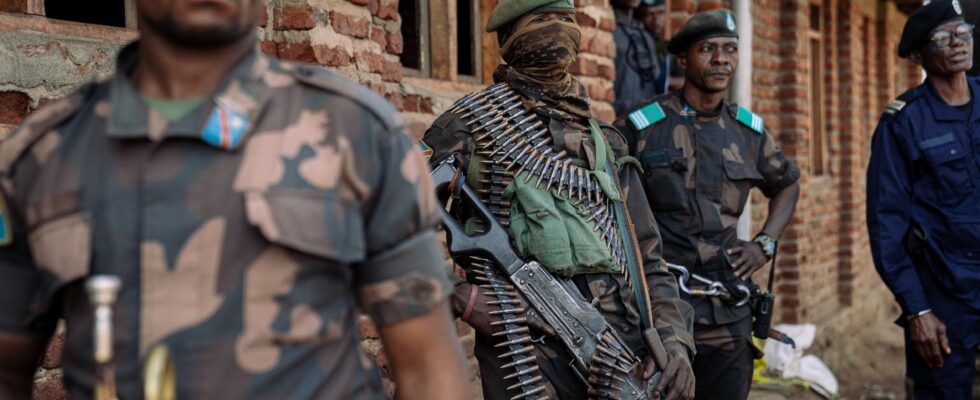The situation is getting worse in the Democratic Republic of Congo (DRC), which has been plunged into a deadly conflict with neighboring Rwanda for several years. This Sunday, January 26, intense fighting reached the gates of the large city of Goma, located in the east of the country and on the Rwandan border. For more than 30 years, a multitude of armed groups have been clashing in this region of Kivu, whose fighting has been dominated for several years on one side by the Congolese army, and on the other by the anti-government group M23, supported by Rwanda and its army.
The situation now raises fears of a regional escalation and extremely serious consequences for the local civilian populations, 400,000 of whom have already been displaced since January 18 in the region. Faced with the intensification of fighting, the UN Security Council is holding an emergency meeting this Sunday.
Vain attempts at mediation and ceasefire
After the failure of DRC-Rwanda mediation under the aegis of Angola, the M23 and 3,000 to 4,000 Rwandan soldiers, according to the UN, have rapidly gained ground in recent weeks. They are now surrounding the capital of the North Kivu province, Goma, which has a million inhabitants and at least as many displaced people. In the center of the city, heavy detonations have echoed since dawn and Congolese army combat helicopters circle in the sky. Cars and motorbikes are still on the road, but most businesses have closed. As the fighting gets closer, sometimes less than ten kilometers away, new columns of displaced people arrive.
The city was briefly occupied at the end of 2012 by the M23 (“March 23 Movement”), born that year and militarily defeated the following year. In the east of the DRC, rich in natural resources, conflicts have continued for more than thirty years. Half a dozen ceasefires and truces have already been declared and then broken in the region. The last ceasefire was signed at the end of July.
On Saturday January 25, the spokesperson for the Congolese army accused Rwanda of being “determined to seize the city of Goma”. Rwanda “evacuated” its last diplomat to Kinshasa on Friday, Foreign Minister Olivier Olivier Nduhungirehe announced to AFP this Sunday. Kinshasa, for its part, announced on Saturday that it would recall its diplomats to Kigali “with immediate effect”.
Humanitarian crisis
Belated international reactions are pouring in as the conflict gains in violence and increases the number of victims. The European Union finally called on Saturday January 25 the M23 to “stop its advance” and Rwanda to “withdraw immediately”, in a declaration signed by the 27 member countries. The African Union (AU), for its part, called for “strict observation of the ceasefire agreed between the parties”. During telephone conversations with Congolese leaders Félix Tshisekedi and Rwandan Paul Kagame, Emmanuel Macron called on Saturday for the “immediate end of the offensive of the M23 and the Rwandan forces as well as the withdrawal of the latter from Congolese territory”. In December, a meeting between the Congolese and Rwandan presidents, as part of the peace process led by Angola, was canceled for lack of agreement on the conditions of an agreement.
The Secretary General of the United Nations, Antonio Guterres, said he was “alarmed” by a surge in violence which could aggravate “the risk of a regional war”. Already 13 foreign soldiers, including three peacekeepers, have been killed. The United Nations mission in the DRC (MONUSCO), which has some 15,000 soldiers, announced on Friday that it was “actively engaged in intense fighting” against the M23 with one of its elite units. A regional force from the Southern African Development Community (SADC) has also been deployed in the region since the end of 2023, and includes 2,900 South African soldiers.
The conflict is further aggravating a chronic humanitarian crisis in the region: according to various humanitarian sources, it has caused between 6 and 10 million direct and indirect deaths over the last three decades. The United Nations has started to evacuate some of its personnel from Goma. The United States, France and the United Kingdom, as well as Germany, have called on their nationals to leave the city as long as the airport and borders are open.
